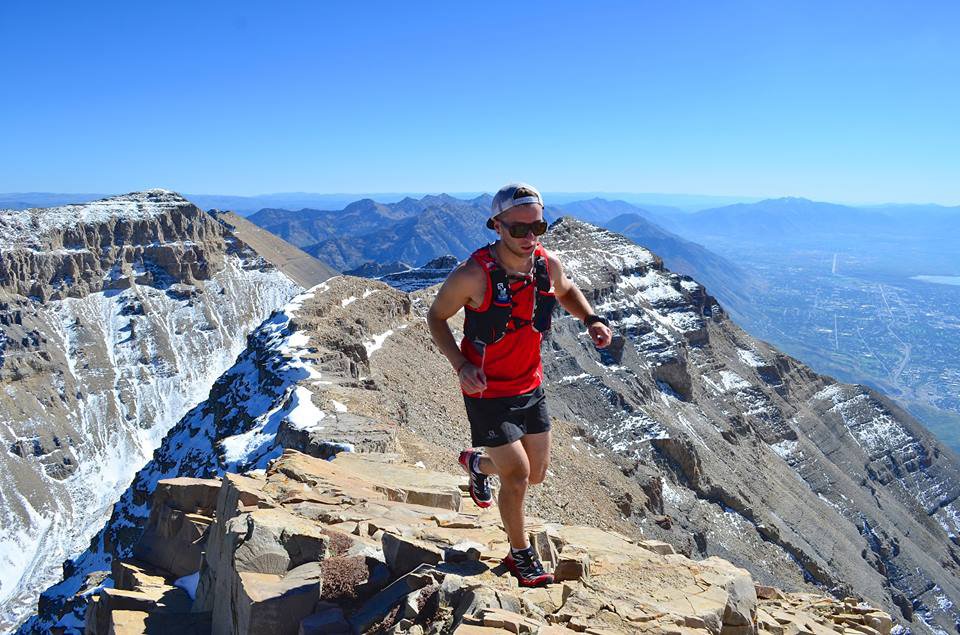Training, the gym, cardiovascular training, resistance training, weightlifting, HIIT.... and skiing.
Doesn't this seem more like the thing a racer would do in the off season and during the season rather than professional freeskiers?
It seems to not go together for the conventional skier but it does professionally, even if pro freeskiers may hide it. Though a skiing lifestyle seems to advocate attention to a life lived recklessly and fun, delve into the world of fitness and you’ll find those who seem to hate the advocating of sport and skiing as one rather than keeping it as a life to live and will find them training for their own skiing. Even Nick Martini has put out a workout plan for pre-season training, a skier seemingly the opposite of this ideal. Who would have thought a man who jumps off multi story buildings and is the man behind Stept keeps up a routine? I didn’t but maybe you did.
While the level of skiing goes up, so does off snow training, even if it’s not shown in the public eye. While there are professional skiers rebelling against the contest scene and the “jock” like attitudes, while keeping in line for their own pursuits. There are many that don’t and many that do. The gymnastic elements people seem to hate create a great base for skiing much more than people realize.
We see it more and more, lapping against a community that is seemingly against conventional sport and into the progression of the self: progression in terms of skill, terms of confidence and terms of friendship developed just by clicking or strapping in.
But even those raging against the FIS implemented Olympic system and the supposed plight of freeskiing under an organization known for extensive training and rules, are training outside their skiing.
Like Scotty Lago, former Nike snowboarder, said in 2012 “Even the BC guys are hitting the gym. The level we are on right now allows no mistakes”
Professional skiing is on such a level that reaction time and the body has to work incredibly fluently, and this can only be put in by extensive training off the snow.

Tanner Hall off snow training - ESPN
Skiing is a high impact activity, and pros are hitting it much harder than the average weekend warrior. Who comes back fast from ACL tears or things similar? It seems to be those who train their body and get back into the game as fast as possible. Look at Sammy Carlson, within four months in 2012 was back on snow. In 2013/14 when he broke his ankle, he was back in less than two months. Tom Wallisch just this summer has put dedication in off snow and is now back where he belongs after a season with a missing ACL.

Gymnastic training? Sammy Carlson in Whistler - ESPN
Brody Leven, one of the best up and coming ski mountaineers of this freeskiing era spends the off season ski touring, biking, and doing crazy trail running, as documented in National Geographic. He is an example of a man who needs his body to respond to his own reactions in icy and dangerous terrain. This again is only possible by a healthy outlook on life and the way the body works.

Brody Leven in trail running in Montana- Max Lowe
Though it may not hold a great view in the majority of people, training off snow brings the on snow skiing huge benefits. However, the best training for skiing is just getting out there and sliding down some snow. It can’t be denied that being at a good fitness level won’t help or isn’t important either.
Does extensive training hurt the soul of skiing? Or does it strengthen the professional level on which it progresses for the future? That’s for the individual to decide
(thumbnail is Brody Leven taken by Brett Jorgensen)


Comments